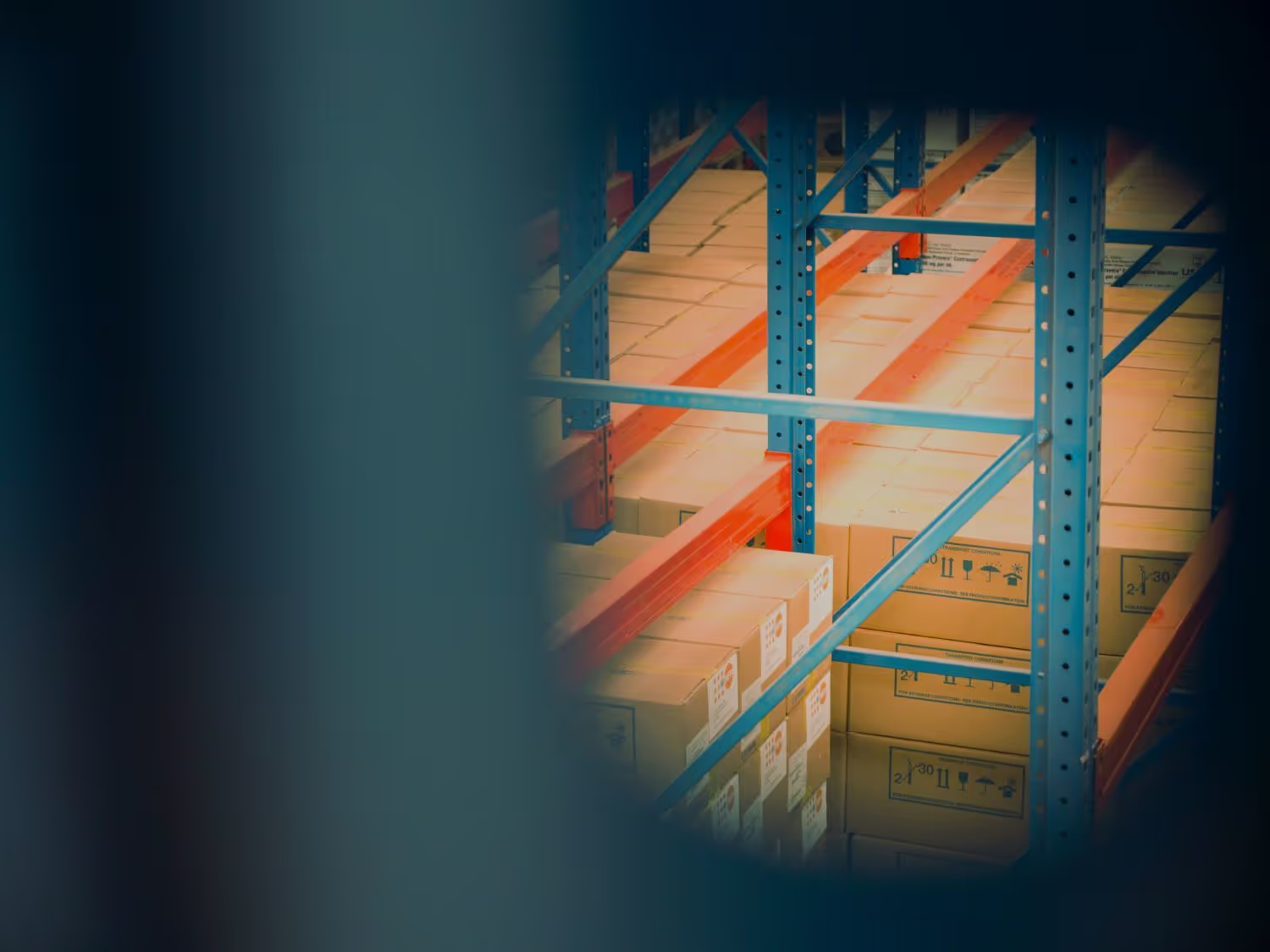Listen now
Over the past three months, we have been haunted by images of produce and meat left to spoil as food bank lines stretch to lengths last seen during the Great Depression. Overnight, COVID has revealed the rigidities of modern supply chains.
The meat industry provides a salient example of how fragile specialized supply chains are. Starting in March, restaurant demand for meat cratered due to lockdowns. Demand for meat shifted to retail as consumers replaced restaurant meals with grocery store trips. But meat producers could not shift supply in response, and as COVID infections shut almost one-third of US meat processing, farmers were left with nowhere to sell livestock. By April, the impacts of plant shutdowns caused quality issues and shortage. Farmers were even killing their livestock. The situation appeared to reach an apotheosis when the Chairman of Tyson Foods published a full page ad in the New York Times to explain how the food supply chain was broken.
In a post-COVID environment, the efficient supply chain requires resiliency – a system that provides optionality and flexibility in a cost-efficient manner. Several trends will accelerate as supply chains shift to incorporate resiliency:
- Consolidation: Market volatility will drive a wave of consolidation in the supply chain industry. Consolidators will benefit from expanded networks, ease of coordination across fewer partners, and reduced competition. However, as the US meat industry revealed, continuous vertical integration poses a threat to resiliency at some point. Supply chain operators will need to leverage technology to mitigate the impact of future volatility spikes.
- Expanded last-mile networks: COVID demonstrates the need for expanded last-mile delivery capabilities. Online demand at Instacart and Walmart grew 218% and 160%, respectively, which led to shipping delays, product stockouts, and labor shortages. Amazon could not keep its two-day delivery standard. Industries accustomed to delivering to separate consumer and commercial sectors (such as toilet paper) struggled to pivot to home delivery, even though the demand was there. Instacart, Walmart. and Amazon together have hired over 600,000 delivery workers since the start of COVID.
China, which had over 15 years to prepare for a pandemic following the SARS outbreak in 2003, built a robust delivery ecosystem that scaled well and proved resilient during the lockdowns. Online commerce in China exceeded $2 trillion in 2019, four times larger than in the US, and 30% of China demand is for online food delivery. ZTO, YTO, Best Logistics, Meituan, and most recently, Walmart-backed Dada are some of the publicly traded companies providing logistics services in the country. This delivery ecosystem enabled tighter lockdowns, as consumers could rely on online food delivery, enabling them to remain inside their homes for 45 days or more. - Supply chain visibility: Robust sales and operations planning (S&OP) and execution (S&OE) across the supply chain are the Holy Grail for brands, retailers, and logistics firms. Current supply chains are cumbersome to integrate, as they involve connecting dozens of disparate systems across the supply chain. Visibility providers like Shippeo, an NGP Capital portfolio company, offer tracking for transportation management systems, but full end-to-end supply chains can take years to integrate.
- Optimization: Jay Forrester invented the Beer Game in the 1960s, and it is still used to highlight the difficulties of supply-chain planning in the absence of coordination. After a few rounds, the bullwhip effect is in full display. COVID re-emphasizes the need for information transparency and cross-party data sharing. Digital platforms that offer full supply-chain visibility enable the deployment of AI systems to optimize logistics decisions. Several companies, including clear.ai, Optimal Dynamics, and Beacon have raised funding to help shippers optimize their supply chains.
The acceleration of these trends helps create optionality – the key fixture of a resilient supply chain. Shippers that have real-time visibility into changes in demand, ETAs, and other exogenous factors can understand upcoming challenges. Combined with the flexibility to physically deliver to any endpoint and technology to aid data-driven decisions, the resilient supply chain can mitigate the impact of the next disruptive event – whether it’s a weather issue, a spike in fuel prices, or the next pandemic.
Read Part 1: Smart Mobility Before, During and After COVID-19
Subscribe to our monthly Smart Mobility Newsletter for more smart logistics insights.

.svg)






.svg)





.avif)
